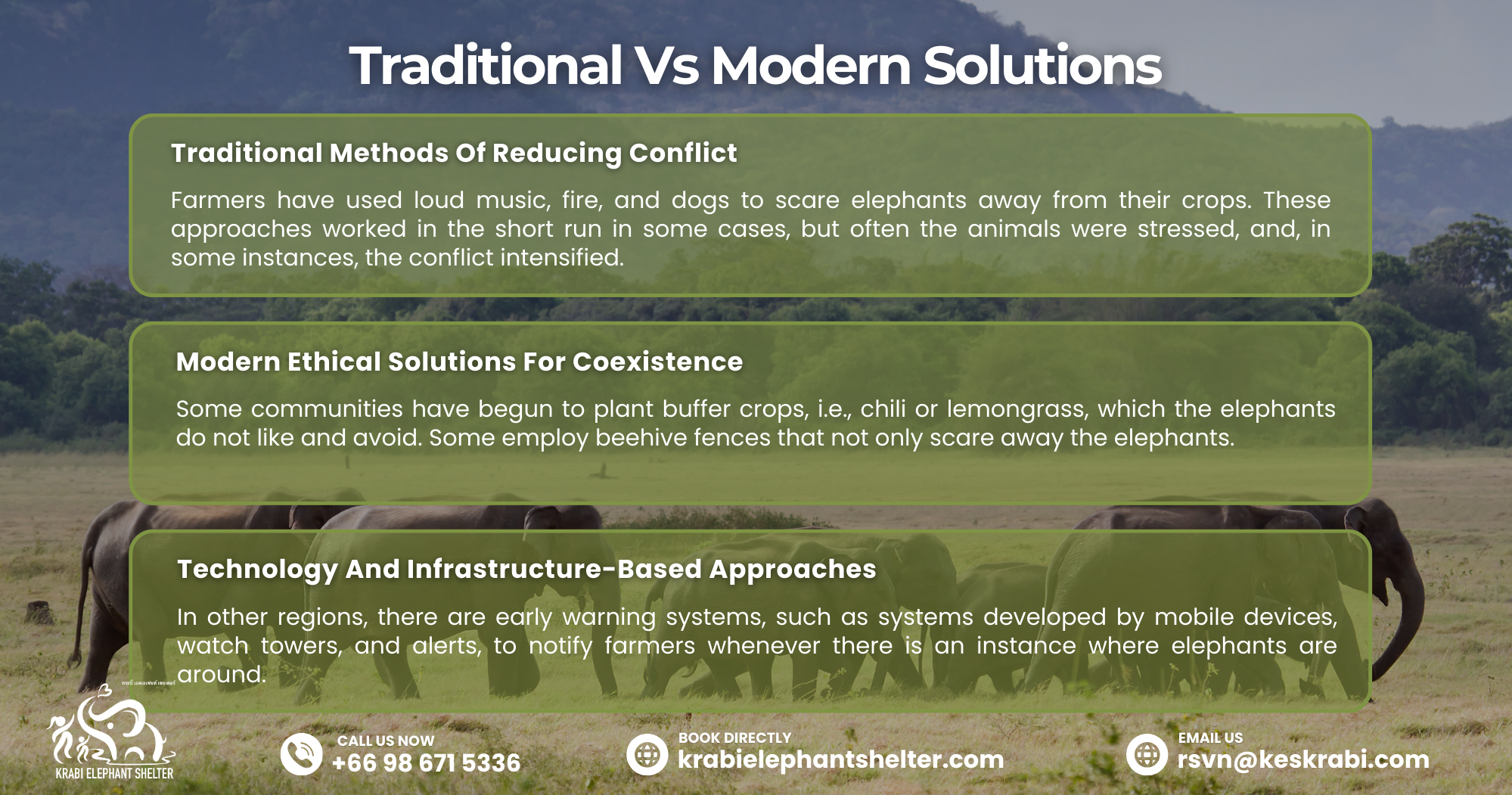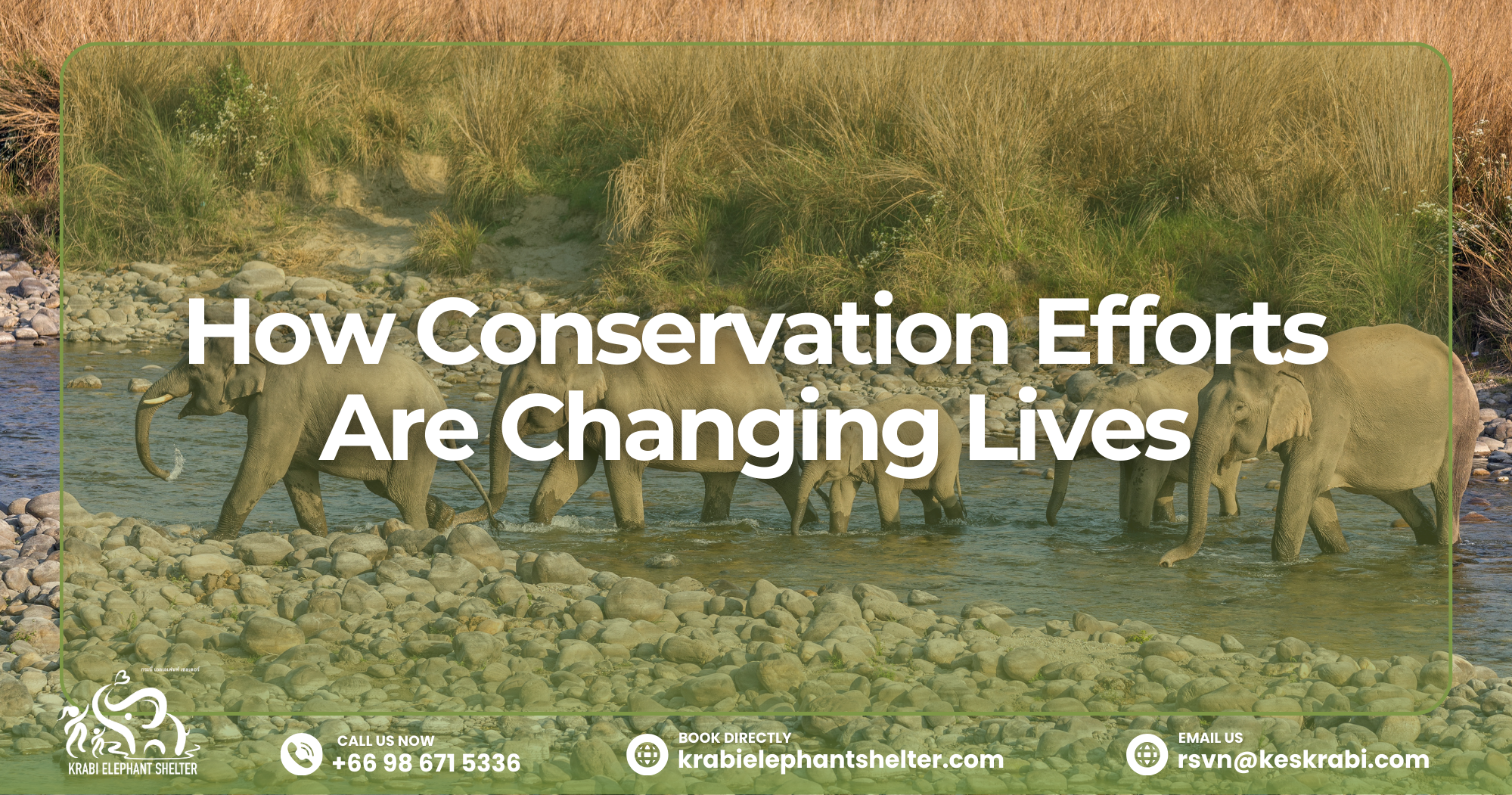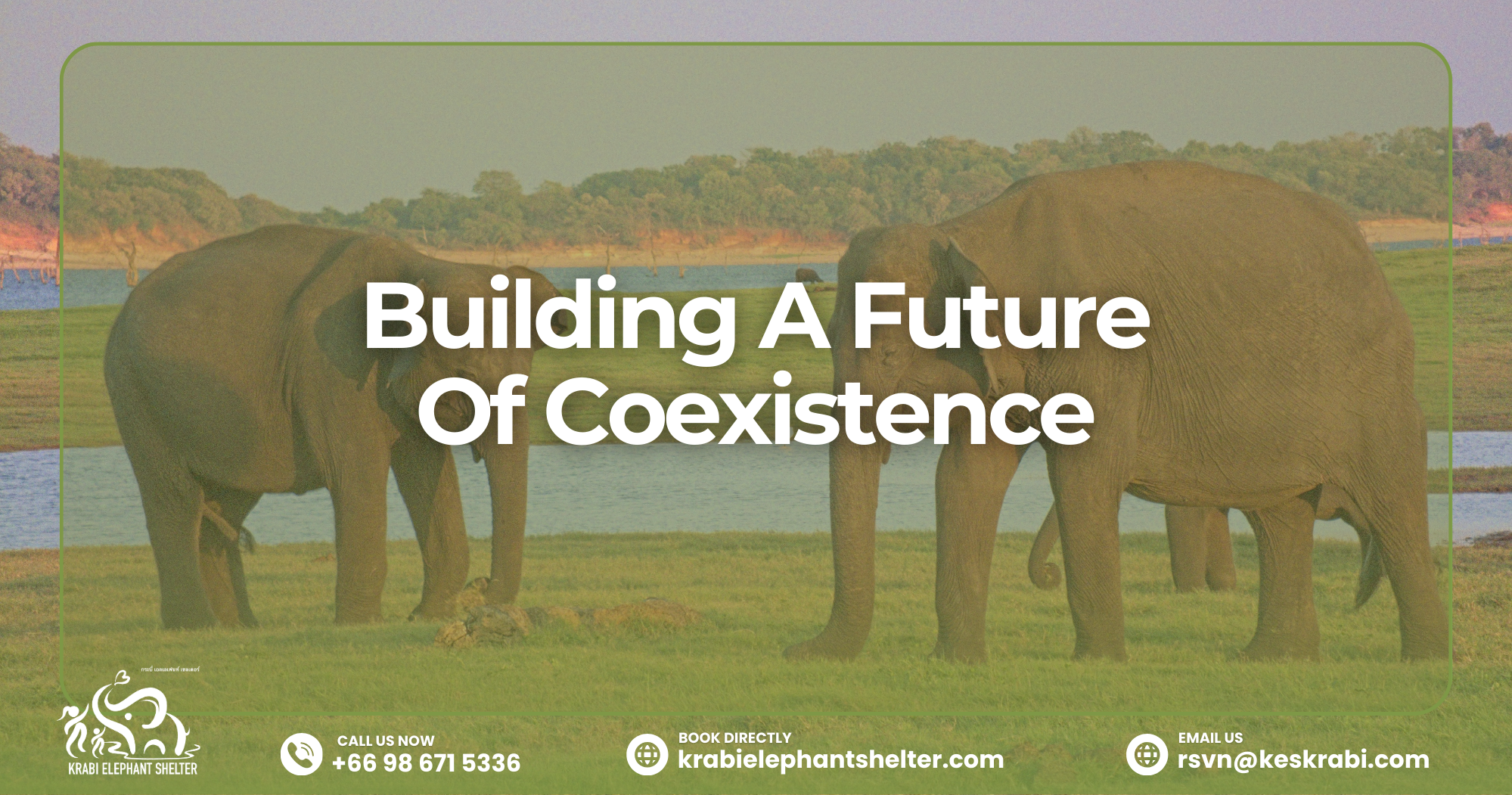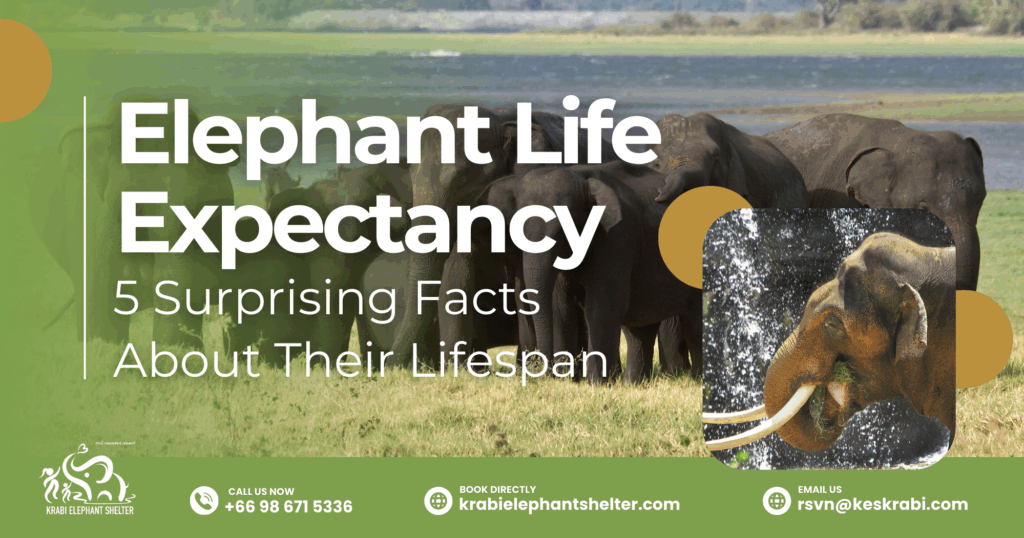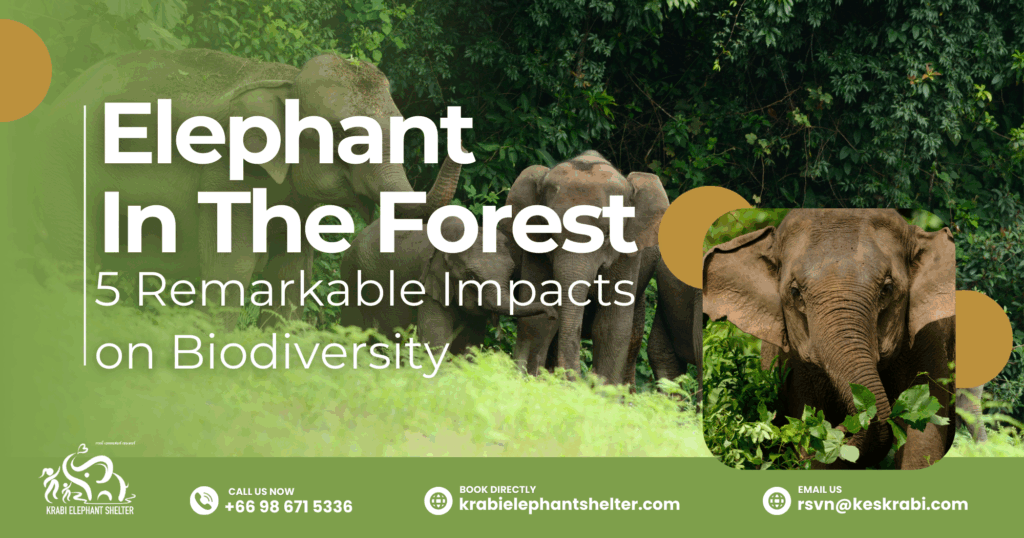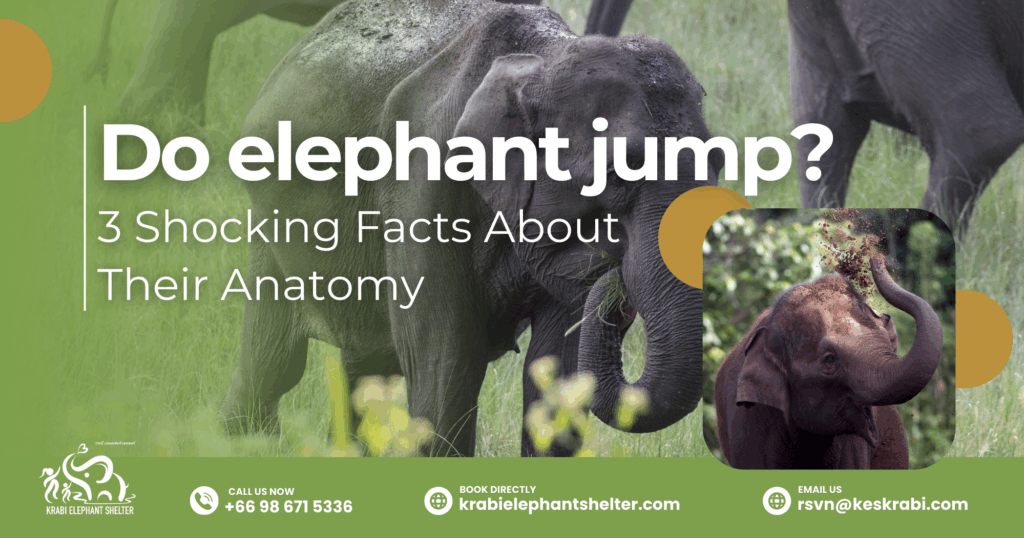Humans and elephants have always enjoyed a fairly good relationship, characterized by admiration and respect. Elephants are synonymous with knowledge, might, and reconciliation in various cultures. But this is not the only problematic association, as human growth tends to encroach on the elephant habitat.
Consequently, there are cases where elephants destroy property or crops, creating tensions with the local communities. Surprisingly, most conflicts are not caused by aggression, as the elephants are just doing what they are truly meant to do: food and migration.
But, with the increase in human population and the decreased number of available natural habitats, there are many occasions where elephants meet up with people in a hostile manner. This growing challenge is widely known as human-elephant conflict, and it is one of the most pressing issues in wildlife conservation today.
The underlying cause of the war is an overlapping need for space and resources. It is land that humans require to grow crops, provide homes, and build infrastructure. Elephants, however, need expansive places to roam, graze, and sustain their groups.
When these needs are bound together, tensions escalate–sometimes with disastrous results to people and elephants.
Why Human-Elephant Conflict Happens
Human-elephant conflict doesn’t occur out of nowhere; it often follows a clear pattern linked to deforestation, agricultural expansion, and climate change. As a major portion of their habitats is cleared to build agricultural or urban settlements, their traditional food supply diminishes.
As a result, they must resort to new sources of food, often in agricultural areas. This causes the problem of crop raiding in countries such as Thailand, India, and Sri Lanka, where elephants go into fields at night and eat rice, bananas, or sugarcane. As much as these crops can be an easy option for an elephant to have a meal, to farmers, it means months of wasted time and revenue.
To add insult to injury, infrastructures such as roadworks, railways, fences, etc., break up the habitats of elephants. This disruption affects their migration patterns and increases the number of dangerous interactions. The conflict between people and elephants is aggravated during dry seasons, when there are scarce resources, and the two populations find themselves competing over water.
In the end, human-elephant conflict is not only a conservation problem but also a significant livelihood dilemma. Farmers struggle with economic losses of crop yields, whereas elephants are at risk of injury or death as villagers seek to retaliate.
Traditional Vs Modern Solutions
Traditional Methods Of Reducing Conflict
Communities have long experimented with different ways to reduce human-elephant conflict. Farmers have used loud music, fire, and dogs to scare elephants away from their crops. These approaches worked in the short run in some cases, but often the animals were stressed, and, in some instances, the conflict intensified.
Modern Ethical Solutions For Coexistence
Over the past few years, a number of newer and better humanitarian solutions have been proposed to promote harmonious coexistence. On the one hand, some communities have begun to plant buffer crops, i.e., chili or lemongrass, which the elephants do not like and avoid. Some employ beehive fences that not only scare away the elephants, who loathe bees, but also give the farmers an added source of income by making honey.
These are strategies that focus on long-term sustainability as they ensure that crops are not harmed and that they cause minimal harm to elephants.
Technology And Infrastructure-Based Approaches
In other regions, there are early warning systems, such as systems developed by mobile devices, watch towers, and alerts, to notify farmers whenever there is an instance where elephants are around. There has also been the establishment of eco-corridors by governments and conservation agencies that provide safe pathways for migrating elephants and reduce any chance of them entering villages or farms.
The above methods indicate that peaceful coexistence is achievable when the right tools and assistance are availed to people. This helps in reducing the vices of human-elephant conflict both at the community level and for wildlife.
How Conservation Efforts Are Changing Lives
Community Collaboration & Sustainable Solutions
The elephant/human conflict helps not only to save elephants but also to improve the lives of humans and build coexistence. Thai conservation groups are working with locals to help both people and elephants with long-term solutions. Through such collaborations, it is highlighted that it is possible to coexist when the needs of both parties are taken into account.
These projects, by offering farmers alternative livelihoods that are sustainable, help decrease the hostility towards the elephants. They also provide farmers with the means to counter crop losses. Meanwhile, they guarantee the access of the elephants to food, water, and migration pathways in a safe state, establishing a sustainable method that will impact positively both locals and wildlife.
Education, Sanctuaries & Responsible Tourism
Education also plays a critical role in addressing the Human-Elephant conflict. Educating both the children and adults on the behavior of the elephants will give them a better insight into why the elephants behave the way they do and how they can avoid these encounters with the elephants that cost them their lives.
Sanctuaries also supplement such initiatives as they provide a safe refuge to elephants that would be otherwise at risk of exploitation or clash. Ethical sanctuaries like Krabi Elephant Shelter do more than provide a haven to animals. They are also an educational area that promotes responsible tourism to those who visit.
By supporting these initiatives, travelers directly contribute to reducing Human-Elephant conflict while helping preserve Thailand’s cultural and ecological heritage. Collectively, these solutions show the possibilities of coexistence, and it is proven that communities, conservationists, and travelers can end up doing very well together.
The Role Of Ethical Tourism
Tourism, when done responsibly, can play a powerful role in reducing human-elephant conflict. By selecting moral experiences—such as watching elephants in their natural environment rather than riding—the consumers alter the demand in favor of ethical environmental practices.
In Krabi Elephant Shelter, visitors are allowed to feed the elephants, participate in a bath, and help make their food. Such experiences offer fulfilling experiences, and elephants are handled with respect and extreme care. More importantly, the earnings serve the local communities, decreasing their dependence on activities that could hurt the elephants.
Building A Future Of Coexistence
The story of human-elephant conflict is not just about tension—it’s also about resilience, adaptation, and hope. Elephants and people have lived hand in hand through centuries, and when the right strategies are employed, they can coexist peacefully.
Everyone can contribute to shaping a future where people and elephants coexist by means of helping conservation activities, respecting the habitat of elephants, and opting for ethical tourism.
Toward A Future Of Coexistence
Human-elephant conflict is a complex challenge, but it’s not an unsolvable one. Striking a balance between people and elephants is possible through the community’s joint efforts, innovative solutions, and support from ethical sanctuaries. With a blend of the cultural and modern conservation methods, human beings and the elephants can coexist.
This can only be achieved through collective effort—with farmers learning to adopt sustainable solutions, the conservationist offering feedback and knowledge, and tourists deciding on sustainable travel. Most of the actions can be small, but are part of the bigger picture to make coexistence the norm instead of the exception.
Ethical Tourism As A Force For Change
This dream of a single community is at present becoming a reality in places such as Krabi. Responsible tourism and sanctuaries are showing that they do not have to sacrifice the economy of a community to protect elephants.
Instead, they can achieve both by using models that value compassion and sustainability. Visiting an elephant sanctuary does not merely constitute a unique experience for the traveler. This way, each visit will be more than a mere tourism but a heritage preservation and wildlife protection activity. Visitors go home with an experience, and their contribution goes directly to the welfare of the elephants and local families.
When coming to Krabi, remember to make your trip as ethical as possible with regard to elephants. Not only will this provide an unforgettable experience, but you will also be participating in a movement towards peace between people and elephants. You will be standing with a community that is putting in a lot of effort to ensure that there is no conflict between man and elephant.
The election of ethical tourism is not merely an individual choice; it is a declaration that the world truly cares about humanity, conservation, and coexistence. It also shows a commitment to protecting these values through the generations that will follow.
Book your trip to Krabi Elephant Shelter now!
By visiting Krabi Elephant Shelter, your entrance fee directly supports the elephants’ care, including their food, medical treatment, and habitat upkeep. It’s a meaningful way to make your trip count—contributing to long-term animal protection efforts while enjoying a once-in-a-lifetime encounter with Thailand’s most beloved giants.
Phone: (+66) 98 671 5336
Email: [email protected]
Book directly at krabielephantshelter.com

